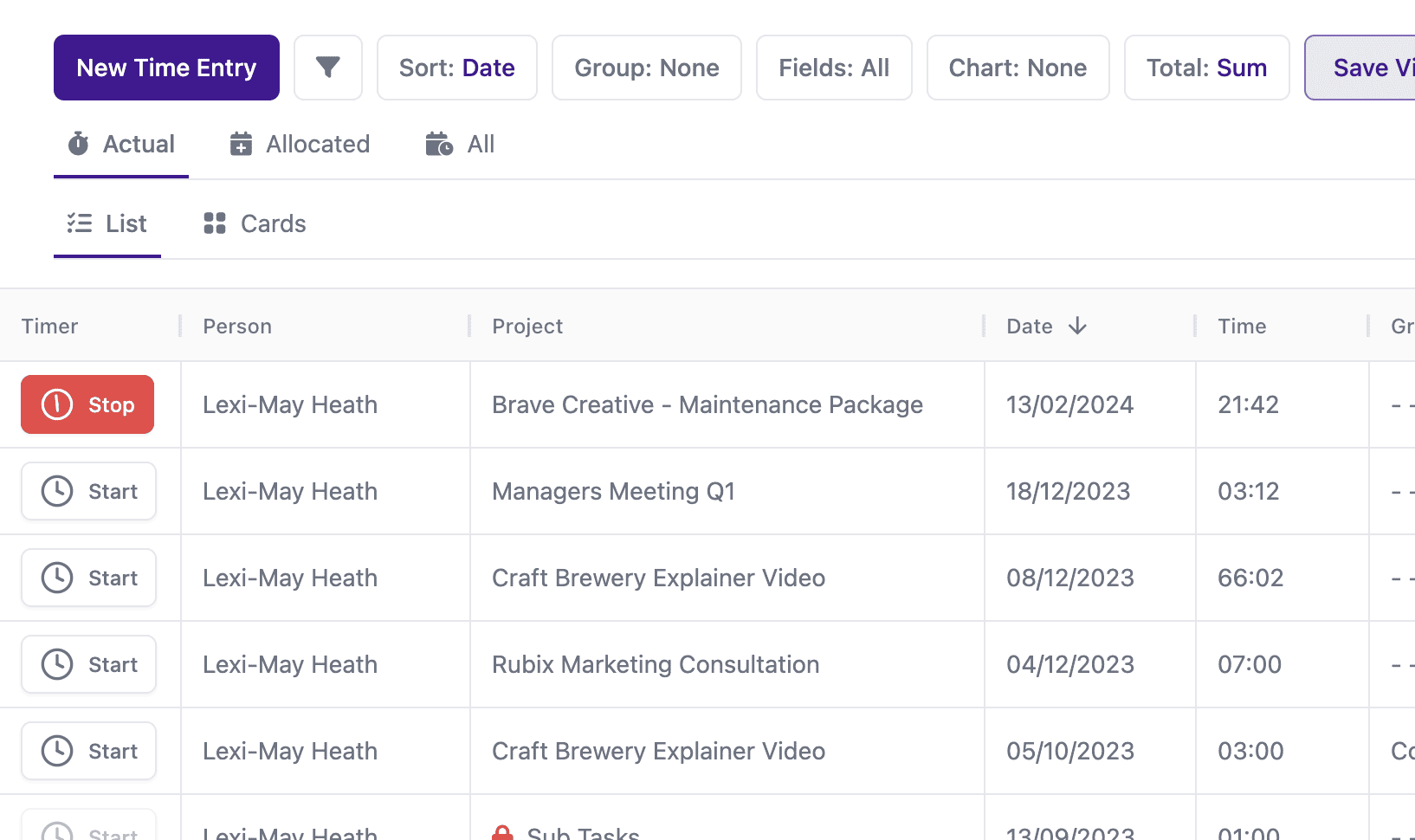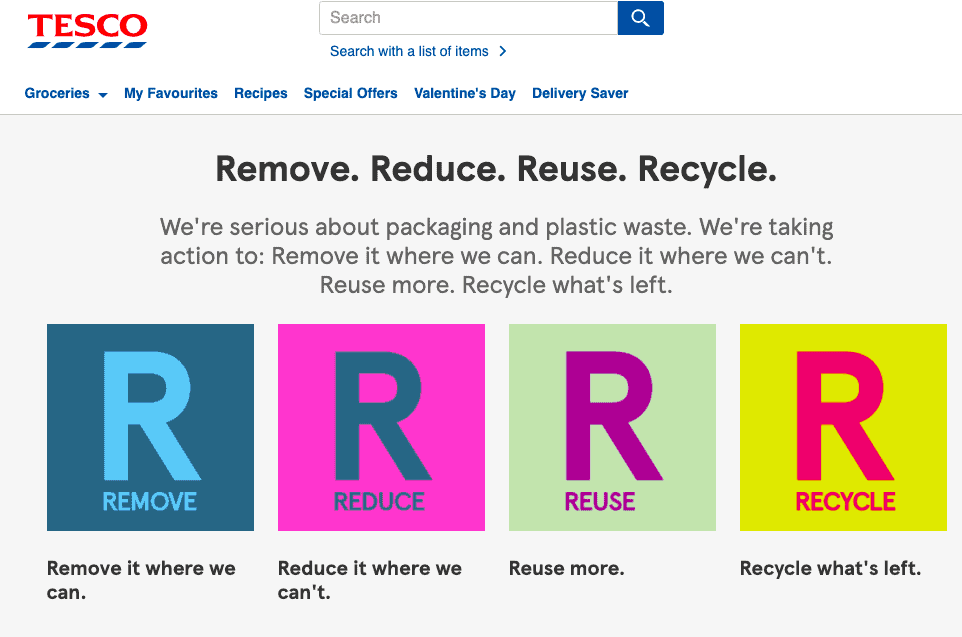Goal setting is important on so many levels. It helps you to establish a sense of direction and achieve your objectives. On top of that, setting goals can even improve your mental wellbeing.
So, let’s take a look at everything you need to know about stretch goals.
What are stretch goals?
A stretch goal is a high effort yet high risk goal. The difference between stretch and smart goals is that, with a stretch goal – you’re perhaps being a little TOO ambitious. Hence the “stretch”!
It may surprise you to learn that stretch goals are rarely achieved. In fact, the aim isn’t necessarily to reach your stretch goal, because the goal itself should be almost impossible. If you do manage to achieve stretch goals, of course the results will be exceptional.
But if you fall just short of your stretch goal, as many do, then you’ve still done really well – because you set such ambitious goals to begin with!
It’s sort of a ‘aim for the moon, land among the stars‘ approach.
It may sound like a strange concept and it’s definitely not for everyone, or every business. Stretch goals are best put in place by businesses that are performing well and are, in a word, “comfortable”.
How to set stretch goals
Here are some good steps to take if you want to set stretch goals for your business…
1. Ask yourself the right questions
A great place to start is to ask yourself what you want to achieve. What would be an amazing next step for your company? What would the best possible outcome look like?
Put open-ended questions like this to your employees and ask them to share their ideas in a safe space, free from judgement. When it comes to stretch goals, no idea is too ambitious.
This initial “ideas” meeting is going to be pretty crucial to the rest of your stretch goals journey, so make sure you take adequate notes that are easy to review at a later date.
2. Set a wide target
Giving your stretch goal a specific endpoint, like “increase revenue by 23%”, can put unnecessary pressure on your employees.
Instead, set a wide target to make your stretch goal feel less like a win-lose type of situation. The idea is to inspire team members, not intimidate them!
3. Split your stretch goals into smart goals
It’s quite easy to set ambitious stretch goals. The difficult part is creating a roadmap of how you plan to get there – and that’s where smart goals come in.
A smart goal is a specific and measured goal, that helps provide clarity and motivation so that you can reach your targets. In a sense, they are the complete opposite of stretch goals.
Smart is an acronym, and it stands for:
Measurable
Achievable
Relevant
Timely
Your smart goals will act like the paving stones that will help you get closer to your stretch goals. To effectively implement smart goals you should use a project management tool to manage your tasks.
Project.co makes it easy to manage all of your team’s tasks. When you open up a project, you can assign a task to a team member, adding a timeframe, and any additional information that you think will be helpful.

You can also manage multiple tasks from one place using the kanban feature. This allows you to monitor tasks to discover if you’re on track or if any bottlenecks are forming. Our drag-and-drop functionality makes it easy to move tasks around.

4. Give your team autonomy
It takes a little bit of imagination to picture how you’re going to achieve your stretch goals. As such, it’s important to give your employees the autonomy they need to think outside the box and make creative – possibly even daring – decisions that will help you get closer to your goals. Your team stretch goals might even be set and measured by teams themselves.
5. Allocate time and resources
In addition to giving your team autonomy, you need to give them time and resources too. If you don’t offer your teams this extra time and resource then they will only focus on the tasks at-hand, instead of envisioning how to improve your company in the future.
With Project.co, you can create an endless number of projects to manage every type of goal you have. What’s more, you can allocate time to each project so that your team knows how much time can be spent on things like working towards your stretch goal.

6. Check in regularly
Lastly, it’s important to check in with your employees every now and then as they strive to accomplish stretch goals. Stretch goals often take a long time – in some cases, years! So it’s vital to regroup and check in regularly to find out what progress has been made, see if a new direction needs to be taken, and discover what needs to be done in order to stay on track.
Stretch goal examples
We thought some real-life examples of stretch goals would help you to better understand stretch goals, and perhaps give you some inspiration for your own.
1. NASA
In 1961, after much consideration and consultation with NASA, President JFK announced the ambitious goal of putting a man on the moon before the end of the decade.
This was unprecedented. Russian cosmonaut Yuri Gagarin had just become the first human in space around a month before this bold announcement from Kennedy.
As we all know, thanks to enormous effort from everyone involved, this stretch goal was achieved in the nick of time as Apollo 11 landed on the moon in 1969.
NASA still sets regular stretch goals today, with their most recent being the Artemis mission. The Artemis mission is set to take humans back to the moon, using innovative technologies to explore more of the lunar surface. The original goal date was 2024, but this has been pushed to “no earlier than September 2025” – a perfect example of how stretch goals can be flexible and still considered a success!
2. Coca Cola
In 2007, Coca Cola promised to replenish 100% of the water they used for manufacturing by 2020. And they actually ended up achieving their goal early, in 2015, which shows achieving stretch goals can be done! According to the then-CEO Muhtar Kent:
To achieve their goal Coca-Cola invested a whopping $2 billion into their efforts and managed to replenish the 300 billion litres of water they use every year.
Their current stretch goal has a focus on packaging. Coca Cola has vowed to recycle the equivalent of 100% of their packaging by 2030.
They are already making strides towards this goal by ensuring all plastic bottles of 500ml or less in Great Britain are made with 100% recycled plastic.
According to a statement by the company, Coca Cola’s use of recycled plastics in Great Britain now saves 29,000 tonnes of virgin plastic each year – the equivalent of almost 3,000 double decker buses.
3. Tesco
Another company with an emphasis on recycling is Tesco. Their “Remove, Reduce, Reuse, Recycle” scheme achieved a stretch goal of removing the hardest-to-recycle plastics from their packaging in 2020.

Having met this goal for their own-brand products, they’re now working with other brands to help them do the same.
You can find out more about the 4Rs here, and also read up on new stretch goals Tesco is setting.
Stretch goal pros & cons
Stretch goal top tips
1. Use a project management system
A stretch goal is a lot of commitment. A project management system will really help you to stay on track and help you work towards your goal, one step at a time.
With a tool like Project.co, you can assign people to different tasks required to reach your goal, track time spent on your stretch goals, and also share everything related to your stretch goal – all in one place.
2. Celebrate the little wins
Although they’re a lot of fun, working on stretch goals can be stressful too. And, depending on the goal you set, they can feel pretty far away and out of reach.
This can be demotivating for some employees so be sure to celebrate the little wins regularly to keep your team motivated and happy!
3. Visualise the outcome
It may sound a little eccentric, but visualisation can help you achieve your stretch goal. After all, stretch goals are difficult to achieve, and can sometimes take a long time to reach, so imagination and belief can really count for a lot!
To keep your stretch goal top-of-mind, talk about it a lot, visualise it, and always keep your outcome in sight.
Final thoughts
A bit like New Year’s resolutions, stretch goals should be ambitious and give you hope for the future – but they shouldn’t be taken too seriously. Always remember: they’re supposed to be difficult! So don’t beat yourself up if you don’t reach yours.
One thing we know will really help you on your way is a solid project management tool. Project.co allows you to manage as many projects as you like and gives you the freedom to choose the tools you need for each one. Click here to check it out.



